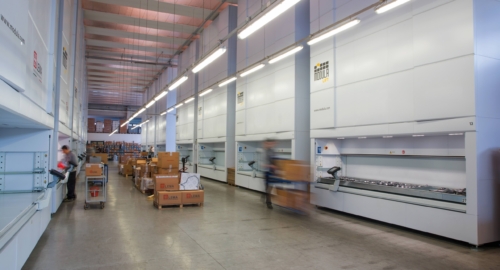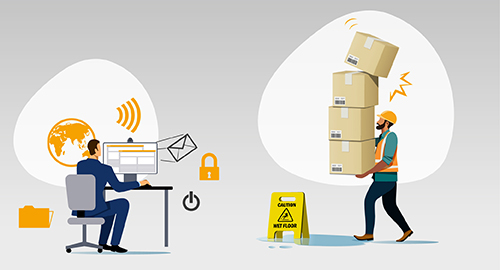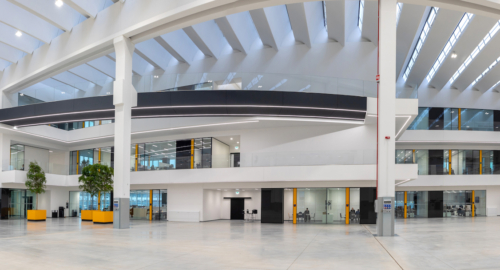In the era of Industry 4.0, predictive maintenance is increasingly widespread and renowned.
This is a new approach to keep machinery or industrial systems under control by monitoring parameters using complex software and algorithms based on Artificial Intelligence and Machine Learning.
The necessary condition for predictive maintenance is the ability to acquire data by installing IoT sensors in machines, such as, for example, vertical automatic warehouses. This is because the possibility of anticipating maintenance takes place precisely on the basis of the processing of historical data series: we can anticipate if we know what has happened in the past (we obviously need software that makes these calculations for us).
Checking the information makes these processes more efficient.
How does the data collection take place?
The data collection systems – generally found in the Cloud – connect to the company software: the platform then retrieves the data directly from the machines, processes it with mathematical calculations, and is able to perceive deviations from the norm and report anomalies with respect to the average range to better plan interventions and avoid production stoppages or machine downtime with indirect costs on production.
Modula Cloud: the secure integrated logistics management system
Even the Modula vertical warehouses have adopted this approach, thanks to the Modula Cloud platform which connects the Modula vertical warehouses with the Modula WMS software.
Modula Cloud collects and processes the information and activities coming from the warehouses (even on various systems in various cities and countries) so that the data of each individual Modula is available, including:
- tray saturation
- performance, throughput, cycles
- system registry data
- warehouse status (online – offline – error)
- consumption
- tasks
- maintenance
- opening assistance ticket
- trays
- machine log and much more.
The IoT platform stores the telemetry data creating a historical knowledge base, which is essential for training machine learning algorithms to identify failures and malfunctions.
This data is collected in chronological order and put on the net through a communication protocol so they can be used by all supervisors after providing dedicated and customized usernames and passwords.
From this viewpoint data safety becomes an essential requirement, which is why Modula Cloud was developed entirely with Microsoft technology and is hosted on the Microsoft Azure cloud platform equipped with all the safety certifications for information management and cryptography systems for authentication and data exchange.
The only prerequisite for the client on the IT side, is a stable and continuous internet connection from the Modula Server PC workstation.
Plan for warehouse maintenance to avoid production stoppages
Thanks to the Clouds, the historical data is collected and analysed statistically according to a mathematical model that helps identify signs of wear over time, the most frequent errors and estimate the repercussions of failures on the basis of the deviation from the established parameters.
The data aggregated is displayed and communicated in real time from the platform to the client, as well as the assistance and customer care service.
This means remote monitoring of the health status of the machinery, OEE parameters and other KPIs through custom dashboards, alarms and predictive notifications. Additionally, this information can be used to automatically generate work orders associated with maintenance activities.
Being able to anticipate breakdowns gives our clients a concrete opportunity to improve processes, prevent unexpected production stoppages and reduce management costs to a minimum. It also maximises the maintenance plan efficiency by eliminating all unnecessary and wasteful activities.
Resolving machine stoppages remotely with Modula Cloud
With Modula Cloud, remote diagnostics are definitely easier. Problems become easy to understand and are quickly resolved.
Indeed, it becomes easy to have a direct line with assistance, even through a “direct call from Copilot” function that eliminates calls or emails: with a simple click from the warehouse all the data necessary for an analysis of the malfunction is sent live to Customer Care.
The combination of all these technologies means that technicians can work almost 100% remotely and guide the operator in front of the machine. Statistically, 80% of machine stoppages can be resolved this way, without on-site interventions.
Want to know more?



